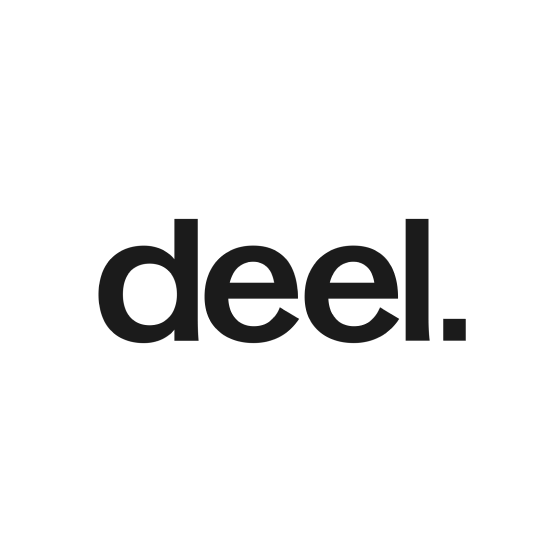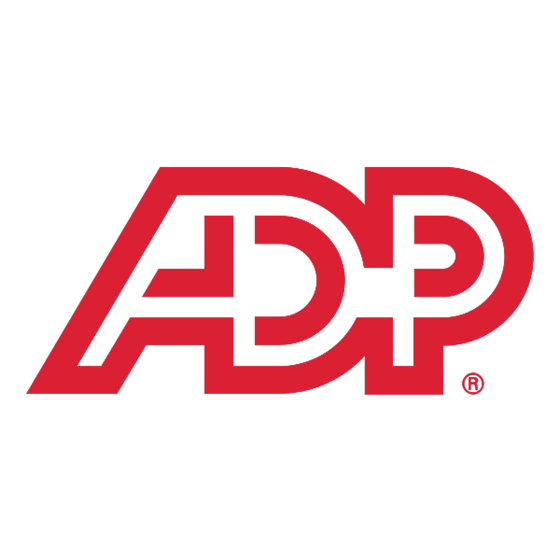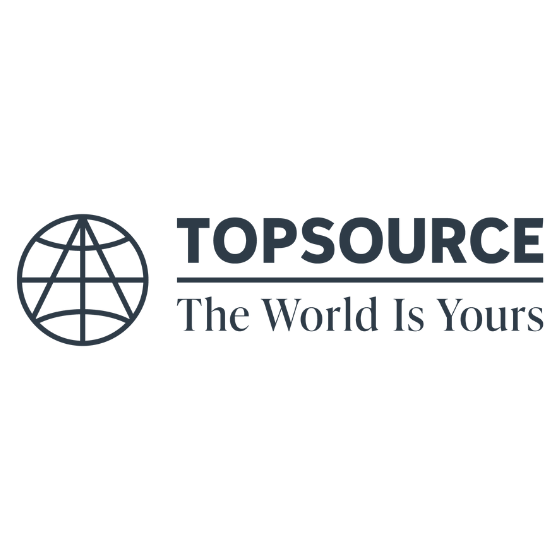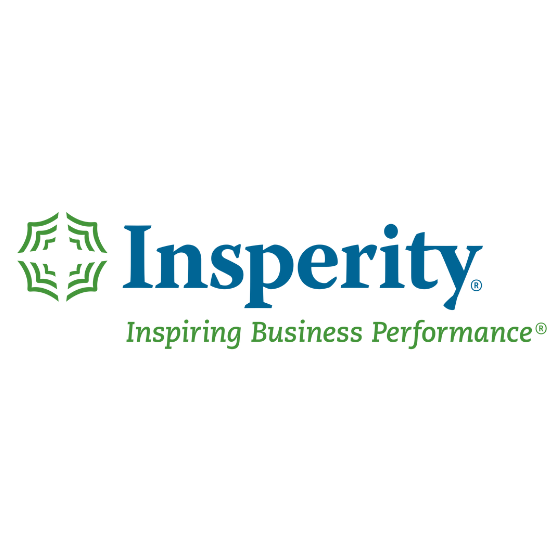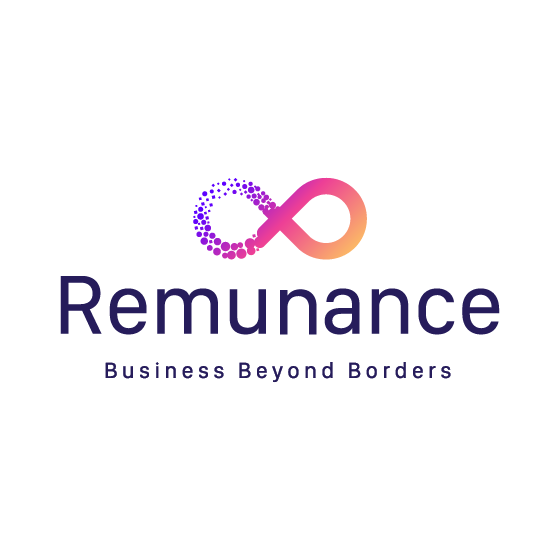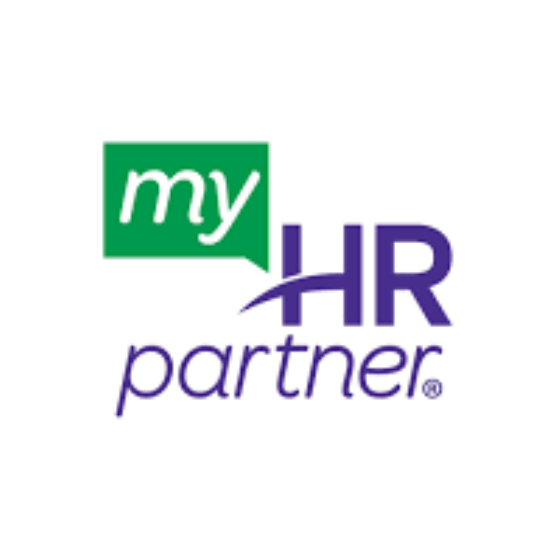Pricing varies because features, usage, and service level can change what you pay; more features or higher usage often mean higher costs
Upfront cost doesn’t show total cost; watch for add-ons like premium support or extra users that can add up
Focus on ROI and scalability, not just sticker price; choose options that grow with your team and deliver long-term value
Pricing for HR outsourcing services can be a real puzzle. You’ve got complex pricing tiers, feature gating, and often, no clear pricing info available.
This guide is for finance leads, buyers, and department heads who need to budget or make procurement decisions. I'll walk you through typical cost ranges, pricing models, and hidden fees. Plus, I'll share tips on evaluating ROI, so you can make smart choices for your team.
What Factors Influence HR Outsourcing Services Pricing?
Choosing HR outsourcing services can be tricky with varying costs based on how many employees you have, whether you need contractor support, or if you need help with tax filing. Here are the key factors that can change what you pay:
| Factor | How It Affects Pricing |
| Number of Employees | Costs usually increase as your employee count goes up, with more employees leading to higher subscription fees, often ranging from $5 to $15 per employee per month. |
| Contractor Support | If your team hires contractors, expect to pay extra fees for managing their payments and contracts, which can add around $2 to $10 per contractor per month. |
| Tax Filing Fees | Services that handle tax filings often charge additional fees, which can be a flat rate or a percentage of payroll, and might cost between $50 and $200 per filing. |
| Benefits Management | If you need benefits management, it usually adds to the cost, typically pricing between $20 and $50 per employee per month. |
| Custom Reporting | Advanced reporting features might be an extra charge, adding anywhere from $10 to $30 per report, depending on complexity. |
HR Outsourcing Services Price Comparison
| Tool | Best For | Trial Info | Price | ||
|---|---|---|---|---|---|
| 1 | Best HR outsourcing solution for global hiring and compliance | Free trial + demo available | From $29/month | Website | |
| 2 | Best HR outsourcing partner for offering affordable health insurance plans | Free demo available | From $8/user/month (billed annually) | Website | |
| 3 | Best full-service HR solution for US-based businesses | Free demo available | Pricing upon request | Website | |
| 4 | Best for India HR compliance | Free demo available | From $99/employee/month | Website | |
| 5 | Best for global payroll management | Free demo available | Pricing upon request | Website | |
| 6 | Best PEO and EOR services | Free demo available | From $29/contractor/month to $499/EOR employee/month | Website | |
| 7 | Best HR outsourcing provider for industry-specific HR expertise | Trial options available | Pricing upon request | Website | |
| 8 | Best for building teams in India | Free demo available | Pricing upon request | Website | |
| 9 | Best for unified services and technology | Free demo available | Pricing upon request | Website | |
| 10 | Best HR outsourcing partner for tailored outsourced services | Free consultation available | Pricing upon request | Website |
Understanding Pricing Models
When choosing HR outsourcing services, it's key to know that pricing models differ from total cost. Models like per user or tiered subscriptions can fit various needs, but understanding them helps you avoid surprises. Here's a breakdown of common models:
| Pricing Model | How It Works | What to Watch For |
| Per user or seat | Charges based on the number of users or seats | Can get expensive if your team grows quickly |
| Per usage | Costs vary depending on how much you use the service | Keep an eye on usage spikes that could increase costs |
| Tiered subscription | Offers different levels of service at set prices | Higher tiers may include features you don't need |
| Custom quote | Tailored pricing based on specific needs | Can be less transparent; make sure you understand all included services |
| Pay-as-you-go or annual | Pay based on actual usage or commit to a year for a discount | Monthly may cost more in the long run; annual requires upfront commitment |
Typical Pricing by Company Size
Pricing for HR outsourcing services often scales with company size, affecting your budget and what features you get. Here's how costs break down by size:
| Company Size | Typical Price Range | What’s Usually Included | Common Use Cases & Vendors |
| Small business | $50–$200/month | Basic payroll, employee records; custom reports often extra | Simple payroll needs; Gusto, Zenefits, Paychex |
| Mid-size business | $200–$500/month | Payroll, benefits admin, tax filing; advanced features may cost more | Growing teams; ADP, BambooHR, TriNet |
| Large business | $500–$1,000/month | Comprehensive HR suite, compliance tools; premium support extra | Complex HR needs; Paylocity, Paycom, Namely |
| Enterprise | $1,000+/month | Full-service HR, global capabilities; custom integrations extra | Global operations; Workday, SAP SuccessFactors, UKG |
Hidden & Add-On Costs to Watch For
When deciding on HR outsourcing services, it's vital to consider hidden costs like setup fees or premium support that can surprise your budget. For instance, onboarding might cost extra, or training sessions could be an add-on. Here's what to watch for:
| Hidden Cost | Description |
| Onboarding/setup fees | Initial setup costs can range from $500 to $2,000 depending on the complexity of your needs. Vendors like TriNet and Paylocity often charge these fees for data migration and system configuration. |
| Training or certifications | Training for your team might be an extra charge, with costs from $50 to $200 per session. Companies like ADP and Paychex offer paid training programs to ensure effective use. |
| Premium support | If you need faster response times, premium support plans can add $100 to $300 monthly. Vendors like BambooHR and Zenefits offer tiered support levels. |
| Integrations beyond standard set | Integrating with non-standard apps might incur extra fees, often $100 to $500 per integration. Paycom and Workday may charge for custom API connections. |
| Usage overages | Exceeding usage limits can lead to additional fees, typically $1 to $5 per extra user or payroll run. Gusto and Namely may impose these charges. |
| Contract minimums | Some services require a minimum contract term, with penalties for early termination. For example, UKG and SAP SuccessFactors might have multi-year commitments. |
| Compliance or legal updates | Staying compliant with new regulations may involve update fees, from $100 to $500 per update. Vendors like Paylocity and TriNet might add these costs for legal compliance enhancements. |
Types of HR Outsourcing Services Pricing: Subscription Plans & Upgrade Triggers
HR outsourcing services often use subscription plans with distinct tiers that cater to different company needs and sizes:
- Plan Inclusions: Starter plans usually cover basic payroll and employee management features. Mid-level plans may include benefits administration, while enterprise plans offer advanced reporting and compliance tools.
- Upgrade Triggers: You might need to upgrade if your team grows beyond a set user limit or if you require more integrations. For example, some vendors cap the number of employees or integrations in lower tiers.
- Annual vs. Monthly Discounts: Vendors often offer significant savings for annual commitments compared to monthly subscriptions. Some companies provide up to 20% off for yearly payments.
- Vendor Transparency: While companies like Gusto and Zenefits are clear about basic pricing, others may require contacting sales for a full breakdown of costs, especially for enterprise features.
To avoid overspending, assess your team's needs first and choose a plan that fits without overbuying features you won't use. Always check for hidden costs or upgrade triggers that could affect your budget.
Maximizing ROI from Your HR Outsourcing Services Investment
ROI should guide your buying decision, as tracking it post-implementation can highlight the real value gained from HR outsourcing services:
Time Saved
Automation and streamlined workflows can significantly cut down on manual effort, freeing up your team's bandwidth for more strategic tasks. Ask yourself what manual processes this service will replace and estimate how much time your team could reclaim. When evaluating options, request vendors to demonstrate time-saving features in a typical use case relevant to your operations. This insight can help you visualize the potential efficiency gains.
Error Reduction
Reducing manual handoffs or calculations minimizes the risk of costly errors. Consider where errors currently occur and how the new system could mitigate them. Engage vendors in showing how their platforms validate or control data, ensuring accuracy across various functions. This understanding can help you anticipate the system's impact on precision and reliability.
Compliance Avoidance
Supporting legal, financial, or industry standards through built-in features lowers the risk of fines or audits. Look into what compliance features are integrated and whether the platform supports specific industry requirements. Ask vendors for real-world examples where their solutions helped bridge compliance gaps. This knowledge will help you gauge the system's capability to safeguard against compliance issues.
Cross-Team Adoption or Consolidation
When one tool replaces many, or is easily adopted across teams, it reduces costs and fosters better alignment. Reflect on whether this solution could replace multiple tools and which teams would realistically use it. Inquire about vendors' rollout stories across different functions to understand potential adoption challenges. This approach will help you assess the tool's fit across your organization.
Questions to Ask Vendors During Pricing Demos
Demos are your team’s best chance to clarify pricing, explore what's included, and avoid surprises. Come prepared with questions, and consider drafting an HR outsourcing services RFP to ensure you cover all bases. Here are some essential questions to ask:
- How is your pricing structured, and what are the main factors that affect it?
- What features are included at each pricing tier, and what requires an upgrade?
- Are there any usage caps or potential overages we should be aware of?
- What fees apply for onboarding and what levels of support do you offer?
- How often will we be billed, and what are the terms for renewal?
- What integrations are covered, and are there limits on API access or connections?
Tips for Negotiating HR Outsourcing Services Pricing
Pricing is often flexible, and the more prepared you are, the better your outcome will be. Strong negotiation tactics can help your team secure better pricing and contract terms without sacrificing functionality. Consider these tips:
- Benchmarking Competitors: Research what similar companies are paying for comparable services. Use this data to argue for a more competitive rate with your chosen vendor.
- Discount Opportunities: Ask about discounts for startups, nonprofits, or long-term commitments. Vendors often have special rates for these groups, which can significantly lower your costs.
- Pilot Programs or Phased Rollout Pricing: Propose starting with a pilot program or phased rollout to test the service. This can often lead to temporary pricing reductions while you evaluate the product.
- Renewal and Lock-In Clauses: Review renewal terms closely and negotiate to avoid automatic price increases. Ask for flexibility or caps on future price hikes.
- Leveraging Group Buying or Procurement Support: If possible, join forces with other departments or companies for group purchasing power. Vendors might offer better pricing for larger deals or bundled services.
What’s Next:
If you're in the process of researching HR outsourcing services, connect with a SoftwareSelect advisor for free recommendations.
It's easy to get started—simply fill out the form and an advisor will be in touch to get into the specifics of your needs. You'll get a shortlist of software suggestions, plus support to help you through the entire buying process, including price negotiations.
So, if you don't know where to start, start there!




